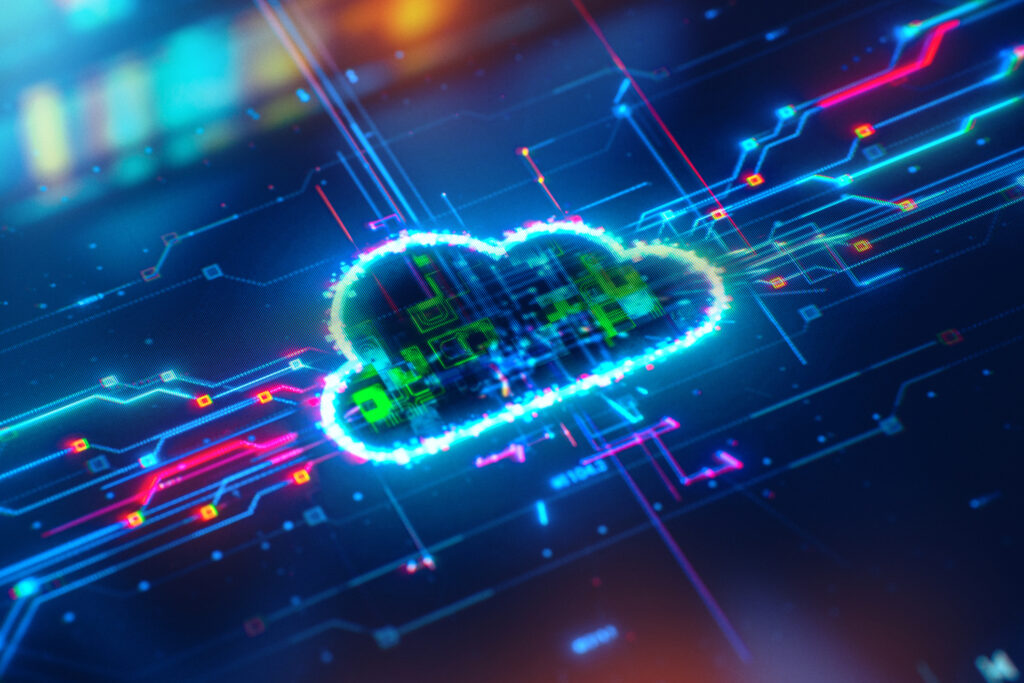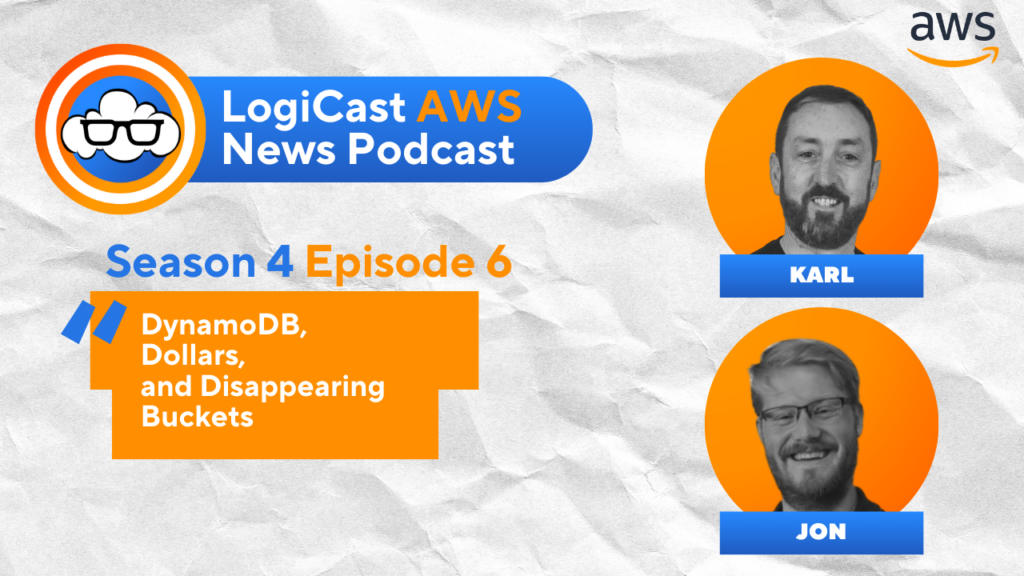
Logicata AI Bot
July 14, 2025
The Logicata AI Bot automatically transcribes our weekly LogiCast AWS News Podcasts and summarises them into informative blog posts using AWS Elemental MediaConvert, Amazon Transcribe and Amazon Bedrock, co-ordinated by AWS Step Functions.
In this week’s LogiCast AWS News podcast, host Karl Robinson, co-host Jon Goodall, and special guest, Mahendran Selvakumar an AWS Community Builder, discussed several exciting developments in the world of Amazon Web Services.
AWS Transform for VMware: A New Migration Strategy
The first topic of discussion was the recent announcement of AWS Transform for VMware. This new service represents a shift in AWS’s strategy regarding VMware workloads. As Karl pointed out, “Now the push is to get workloads off VMware into the AWS cloud.”
Jon elaborated on this change: “This has now gone from, ‘Let’s just get it from over here to over there and do your DC exit,’ and now ‘Let’s get things out of VMware entirely.'” He noted that while the service might still result in many EC2 workloads, it removes the vSphere layer.
Mahendran highlighted the benefits of this new tool: “It is a very useful tool for those who are running VMware and want to reduce VMware licensing costs and manual efforts.” He explained that the service can convert VMware networking to VPC architecture using CloudFormation templates, making the process faster and more efficient.
The service is free to use, with users only paying for the AWS resources they consume during the migration process. This pricing model is similar to other AWS services like CloudFormation.
Cooling Innovations for Nvidia GPUs
As AI workloads continue to grow, so does the need for efficient cooling solutions for high-performance GPUs. The podcast discussed Amazon Web Services’ efforts to build equipment to cool Nvidia GPUs as the AI boom accelerates.
Jon explained the challenge: “Yes, you can move as much air as you like, but eventually, it’s not like you’re gonna run out of air, but it’s just not efficient because the heat capacity, the thermal density of air is just not that good.” He noted that liquid cooling is about 900 times more thermally dense than air, making it a more efficient solution.
AWS is developing an “in-row heat exchanger” that can be plugged into existing and new data centers. This innovation allows for better cooling of the increasingly powerful GPU racks used in AI workloads.
Mahendran added, “It is more efficiently fixing that heat. And one more thing is that it can be fitted in existing data centers or new data centers. So we don’t need to do a lot of changes.”
New AWS Builder Center
AWS recently introduced the new AWS Builder Center, a centralized platform for the AWS Builder Community. This new center aims to bring together various AWS communities, including Community Builders, Heroes, and User Group Leaders, into one unified space.
Jon explained that this is an extension of the Builder ID initiative: “It’s really interesting though, because there’s a whole bunch of, you know, it’s learn, build, connect, and then there’s a wishlist and what you can see is you can look at bits of product roadmaps, you can look at communities, you can look at hands-on resources and labs in the build section.”
Mahendran highlighted the wishlist feature: “You could submit your own idea to AWS to help them. For example, if you have any idea in any of the services, you could submit your own idea, you can upload them. So it will be very useful for AWS to improve.”
The Builder Center is not just for AWS community members but is open to the public. It supports 16 languages with automatic machine translations, making it accessible to a global audience.
Project Rainier: Amazon’s AI Supercluster for Anthropic
The final topic of discussion was Amazon’s massive AI supercluster built for Anthropic, dubbed Project Rainier. This supercomputing cluster is set to be enormous, using Amazon’s own AI silicon instead of GPUs.
Jon explained the significance: “This is a massive deployment of their own custom designed, I won’t say built because they don’t build it themselves, but their own custom designed silicon. And they’re deploying it at this huge, huge scale.”
The exact specifications of the cluster are not yet known, but it’s expected to deliver impressive performance. As Jon noted, “Each training accelerator offering 1.3 petaflops of dense FP8 performance,” though he admitted he wasn’t entirely sure what those specifications meant.
The cluster also features a custom network fabric that Amazon says will deliver “tens of petabits of bandwidth,” far surpassing typical ethernet networks.
Changes to AWS Free Tier
In addition to the main topics, Mahendran shared information about upcoming changes to the AWS Free Tier. Starting July 15, 2025, new AWS accounts will receive a $100 credit valid for six months instead of the previous free tier model.
Mahendran explained, “Using that credit, we can use the access to create the access and all the things. And it doesn’t have the access for that hardware-heavy or high-usage services.” He also mentioned that there will be two types of plans: a free plan targeted at students and a paid plan for production applications.
Jon added that this change should help prevent unexpected billing issues that sometimes occurred with the previous free tier model.
Conclusion
This week’s LogiCast AWS News podcast covered a wide range of topics, from new migration tools and cooling innovations to community initiatives and massive AI infrastructure projects. These developments highlight AWS’s continued innovation and investment in cloud technologies, particularly in the rapidly growing field of artificial intelligence.
As always, the AWS ecosystem continues to evolve, offering new opportunities and challenges for cloud professionals and businesses alike. Stay tuned for more updates and insights in future episodes of LogiCast AWS News.
This is an AI generated piece of content, based on the Logicast Podcast Season 4 Episode 28.





